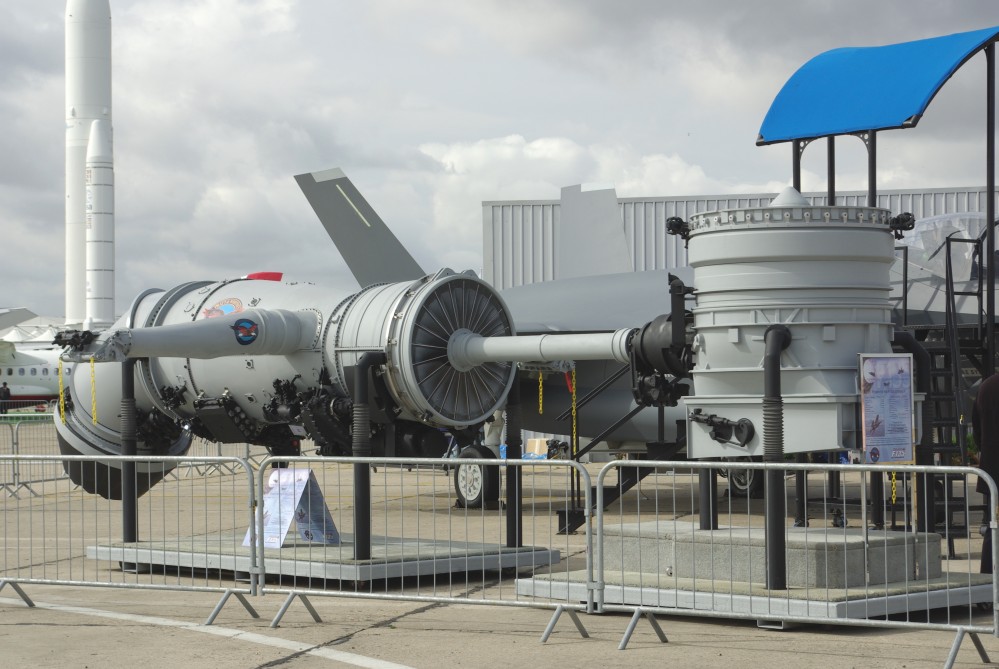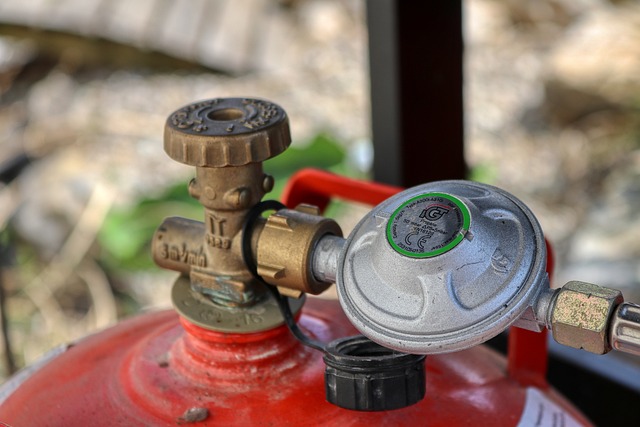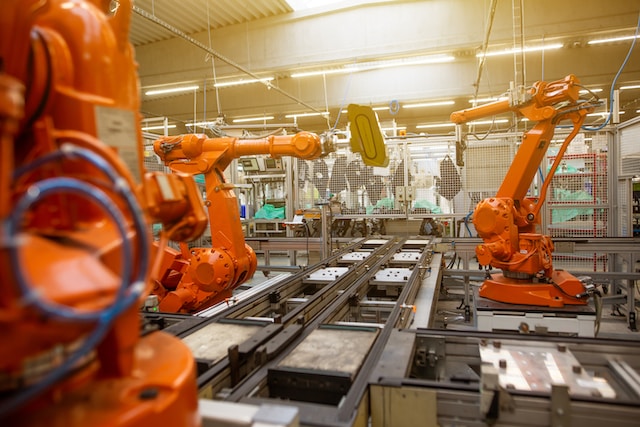Aerospace components represent, if nothing else, a gold standard for industrial manufacturing. There is no other activity that puts more stress on an object and its parts than is encountered in the aerospace industry. In aviation and aerospace, one major challenge engineers deal with is vibration, especially in aircraft engines, fan blades, landing gears, and airframes.
From planes to rockets, aerospace components must be high performance or people will die. As a result, race car technicians and those who build street rods and drag cars rely on aerospace-like components, often made of lightweight billet aluminum, for the safest and fastest performance. Similarly, disc brakes, brake lines, rotors, master cylinders, vacuum pumps, transmission parts, fuel systems, and many other automotive parts are made with high-quality aircraft and aerospace components in mind.
In aerospace manufacturing today, aircraft structural parts just over 11 feet in length are typically made with a five-axis machining center or gantry-type equipment for larger pieces. But these techniques are being supplemented by new 3D-printing technology or additive manufacturing where special metals such as titanium are used to create parts with unprecedented high-performance and safety. As an example, Boeing recently awarded Oxford Performance Materials a contract to supply 3D-printed parts known as OXFAB components.
One big contributor to new 3D printing advances is DARPA, which as teamed with a number of companies including Sigma Labs, LISI Aerospace, Birken Manufacturing, Mallory Industries, Tinker Aerospace, and many others. In fact, the aerospace 3D printing market is expected to grow at a large compound annual growth rate (CAGR) through 2020.
In the following video, Field Aviation explains how they manufacture aerospace components.







